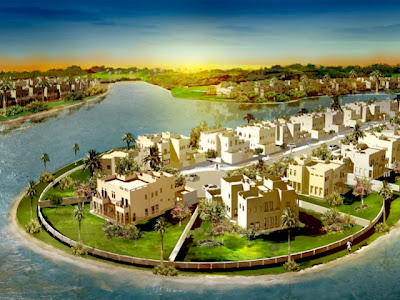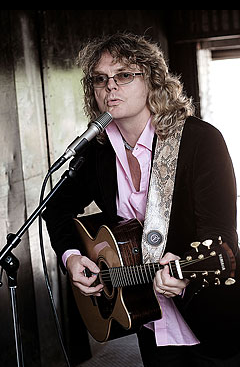Winters have already passed and now summer is at your doorstep tempting you come out of your shells and enjoy the nature. Advent of summer certainly heats up buzz for the chardham yatras. One of the most enjoyable and loved religious tours across the world. A mammoth number of devotees irrespective of caste, creed and sex embark on chardham yatra every year. The motive for a char dham yatra can vary individual to individual. One may either kick off chardham yatra to please the almighty and show his/her dedication/devotion to the almighty or simply flow with the mass movement. Even if you come to char dhams just as part of your holiday, the yatra never lets you down.
Catering to ever-varying motives of mankind, char dham destinations namely Gangotri, Yamunotri, Kedarnath and Badrinath stand as the most mesmerizing places to discover true meanings of religion. Chardham 2011 is the most awaited extravaganza for the state of Uttarakhand which is expecting a great number of people this year. Like others you may also be planning to embark on chardham yatra this year. Considering the advantages and extra facilities available nowadays, you mustn’t miss chardham tours at any cost.
You have two options-- either you can yourself book the tickets, accommodation and transportation and plan the entire trip or simply hire a good chardham tour operator and focus on aesthetical part of the tour. The second option certainly sounds better as you do not need to worry about transportation, accommodation or anything else. After all a worry-fewer journeys is the motive of your chardham yatra.
Finding a good chardham tour operator is certainly not any rocket science but yes process can be tedious one as you will not want to risk your time and money investment. Here are few tips and guidelines that you should keep in mind before choosing the tour operator for four dhams:
1. Credibility is the key factor. An authentic tour operator ensures you error and hassle free char dham.
2. Affordability is very important. There are loads of chardham operators who can give you tours fitting to your budget.
3. Experience. The tour operator with tones of experience will ensure a well-planned tour that will have no confusion or troubles of any kind.
4. Convenience. A chardham operator in Delhi or your city will certainly be of great advantage. Delhi is normally centre of such tours and facilitated with great infrastructure.
Chardham tour operators are in plenty but only few have specialized in them. Go for such chardham specialists. Considering the expected escalating demand for chardham, it’s high time you book and plan your tour for chardham.
Enjoy your Char dham Yatra with us. Chardham-darshan.com is always working to make your chardham yatra cheaper and convenient. Find here ek dham yatra, do dham yatra, kedarnath yatra, badrinath yatra, Kedarnath Badrinath Tour, hotels in chardham and more.



























